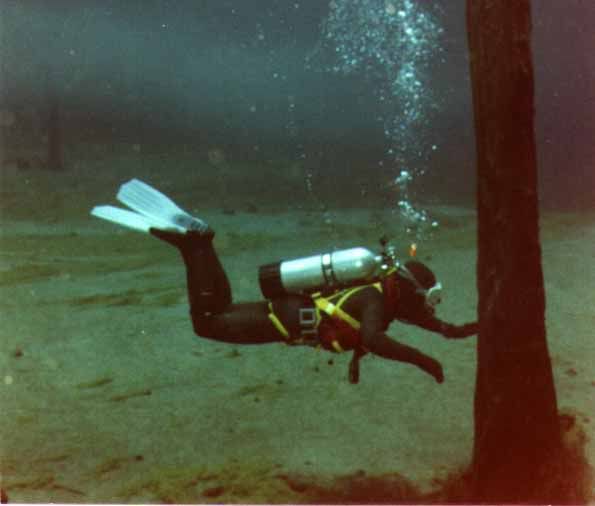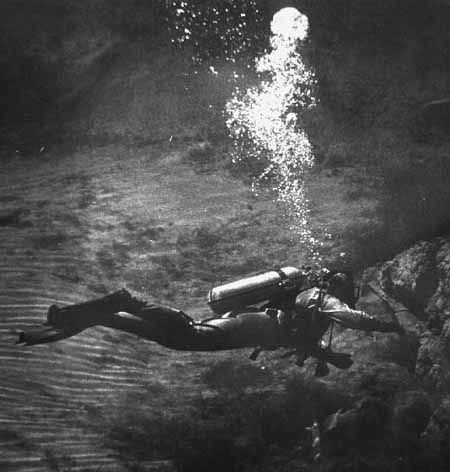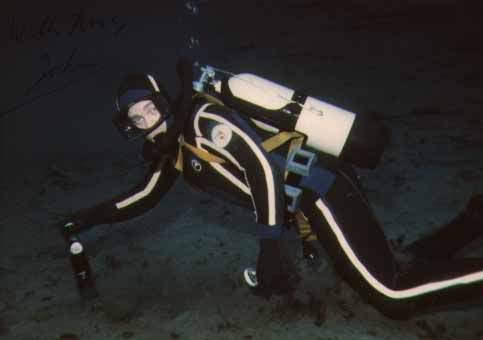H2Andy,
I will bet that, when you think you are swimming supine (face up) that you are actually somewhat off the horizontal plane. You will probably not be horizontal, but have your head quite a bit higher than your lungs. Remember, you have to take the mid-point on your lungs in a three-dimentional model. Similarly, when you swim prone (face down), you probably are not swimming completely horizontal, as that would put your regulator below your lungs (most of us have a jaw which is in front of our chest in a natural position), or right at the center of the lungs (look at my avator to see this position). A good way to check if you are completely horizontal in a supine position is to have a bit of water in your mask, and if you are horizontal, it will enter your nose (just kidding, while this is true, don't try it as it is very uncomfortable). But if you watch your buddy doing these manouvers, you will see where his lung position is (center of the lungs--see the diagram on the vintage website), and where has regulator is, then look at the number of inches vertically between the two. If you are completely horizontal, that difference is still significant as your regulator is not in the center of your head, but in front of your mouth (unless you use a two-hose regulator).
By the way, this is independent of how far you are from the surface, as our lungs are not sensing surface pressure. What can affect regulator performance at depth, so that it "feels" like it breaths easier, is that the venturi effect may be more pronounced at depth than closer to the surface due to the more dense air or gas. But a 6 inch (or more) water pressure difference is noticable at about any depth for breaking pressure. If the venturi is really good, you need no further effort at depth until you stop inhalation, and the pressure backs up to the regulator, stopping the flow. It is the breaking pressure that we are talking about.
One other possibility is that, in looking up high, the trachia is extended to the point where it starts collapsing due to the pressure difference, and that by turning slightly, the trachia (wind pipe) is opened, allowing the breathing to take place (theory).
To illustrate this, look at the below photo of me in Clear Lake, Oregon:
In this position, note that my regulator is right at the center of my lungs in a horizontal plane.
In this earlier photo, while my body is horizontal, my regulator is higher, situated on my scuba tank:
This makes inhalation easier, but exhalation easier. The regulator won't bubble because the exhaust is right at the second stage diaphragm, which is what Cousteau patented with his Aqualung patent, and described well within the patent.
Now, look at this photo of me. Here I'm not horizontal, but close:
My double hose regulator is quite high off my lungs, so breathing was fairly difficult in this position. If I had been using a single hose regulator, my mouthpiece is at right about the center of my lungs, and it would breath quite nicely. Now, envision this position, but turned upside down. You'll see that my mouthpiece would be quite a bit higher than the center of my lungs, as it sticks out from my chin. I think this is why you are feeling more difficulty breathing in the supine position as opposed to the prone position.
SeaRat
SeaRat






